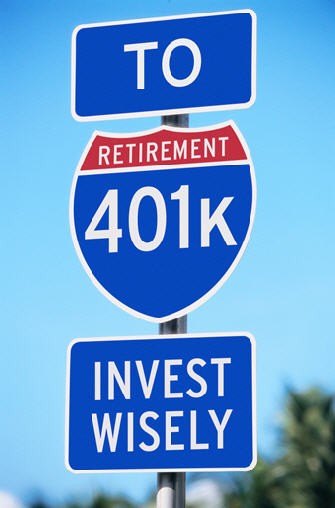Changing Your 401(k) in a Treacherous Market
Post on: 17 Апрель, 2015 No Comment

The Dow Jones Industrial Average, a measurement of the stock market at large, ended below 10,000 yesterday. Thats the lowest closing since 2004 and its quite a drastic change from a year ago, when the market closed above 14,000, the highest watermark for the Dow.
Its tempting to just stick my head in the sand. I have been looking at my investment balances, though. While its hard to separate my emotions as my 401(k) balance quickly moved from about $50,000 to about $40,000 despite contributions, I try to keep in mind that my time horizon is decades in the future.
When the market is in turmoil, it should put asset allocation into the front of any investors mind. For people who have a long time before retirement like me, its not a good idea to run for cover. It might be a good time to ask yourself if youve accurately thought about your risk tolerance. Its much easier to say youre willing to accept more risk in return for a higher return over the long term while the market seems to be increasing without bounds. But if you freak out when you lose 20% on paper and consider evacuating your money, either you underestimated your ability to accept risk or you just need to work a little harder to separate your emotions from your financial decisions.
Im sticking with my aggressive retirement portfolio of 100% stocks. My contributions are split evenly between large cap growth, large cap value, international, and commercial REIT, while my current balance has more of a mix including mid cap growth, mid cap value, and small cap stocks. Half of my employer matching contribution is in company stock, and I exchange out of that stock when Im in a good position to do so.
And my performance this year through September 30 is a loss of 20.85%.
On the positive side, Im purchasing my investments at a much lower price now than I was last year at this time.

While some pundits are calling for a Dow as low as 8,000 before we hit bottom, it doesnt make sense to make reactionary decisions, particularly when the money is invested for the long-term. It does help to review your risk tolerance to determine if you can face downturns and to find a way to strive to separate your emotions from financial decisions. Emotions are there to guide us, to let us know what may be right for us, but when emotions form the basis of financial decisions, investments suffer.
Published or updated October 7, 2008. If you enjoyed this article, subscribe to the RSS feed or receive daily emails. Follow @ConsumerismComm on Twitter and visit our Facebook page for more updates.
3A%2F%2Fwww.consumerismcommentary.com%2Fimages%2Fgravatar.png&r=G /%














